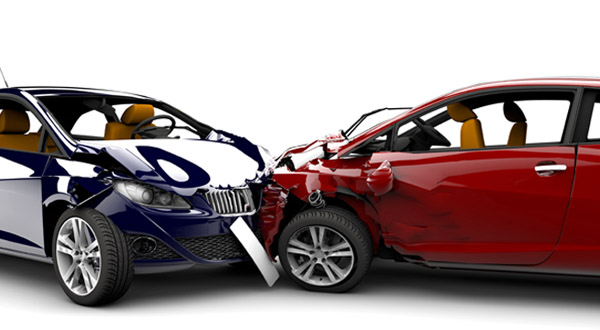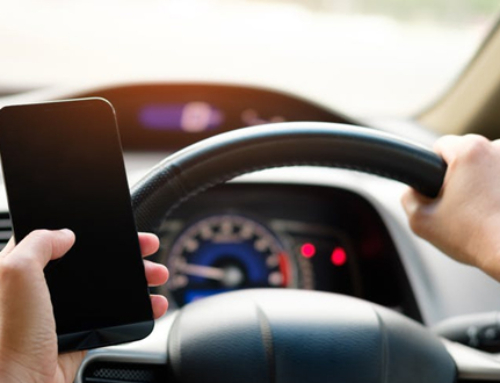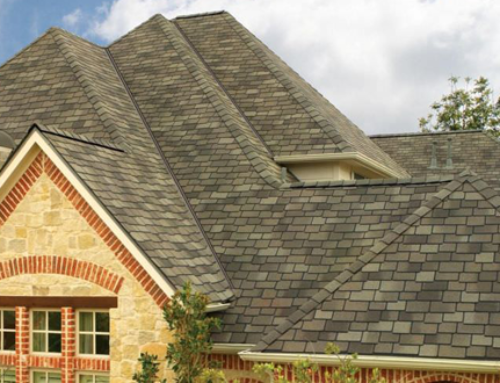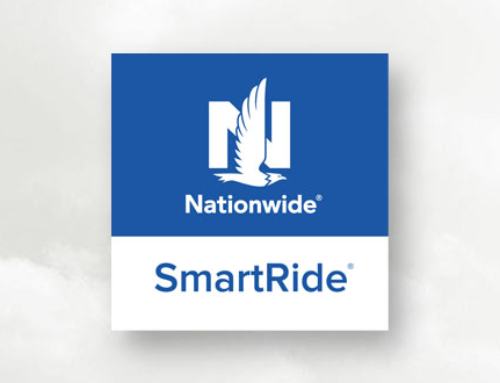Auto Insurance 101
When you say you just want “liability coverage” on your vehicle, it means that you will have bodily injury liability, property damage, underinsured, uninsured and personal injury protection (PIP) or medpay coverage, all are required by state law in order to drive a vehicle on the road. It’s easier to say “I want liability only”.
When you need full coverage, you add comprehensive and collision coverage onto the liability coverage listed above. You can have comprehensive coverage only for storage purposes, as long as it’s not the only vehicle on your policy. You can have liability and comprehensive coverage, but you cannot have liability and collision coverage without having comprehensive also. Confused? Below are the detailed descriptions of each coverage that will help you understand what you are buying when purchasing auto insurance.
Bodily Injury Liability
This covers injuries caused to someone else either by the policyholder, or any other family member included on the policy. It applies whether the injury is caused when you are driving your own vehicle, or you’re driving someone else’s vehicle with their permission. It’s an important of coverage to include in an auto policy because, in the event of a serious accident, the other party may sue you for damages. Many states have minimum requirement laws for this coverage, 30/60/10 in Minnesota and 50/100/15 in Wisconsin, (Per Person / Per Occurance / Property Damage) but you may want to consider increasing the amount of coverage in your policy to protect your assets in case of litigation.
Property Damage Liability
This pays for damage to someone else’s property caused by your vehicle, whether you are driving it, or someone else is driving it with your permission. In vehicle accidents, this usually means someone else’s car is damaged. But this coverage also includes damage to other types of property, both private and public, like fences, guardrails, telephone poles, homes or other buildings, or any other structures your car may have hit.
Comprehensive
With this coverage, you will be reimbursed if your car is stolen, or if it’s damaged by something other than an accident with another vehicle. Natural disasters like tornadoes or earthquakes, hail, falling objects, vandalism, fire, or colliding with animals such as deer or birds can cause damage ranging from a few dings to total loss. In addition, if your windshield cracks or shatters, comprehensive insurance will cover it. Glass coverage may be provided with or without a deductible, depending on the company. Comprehensive coverage usually carries a deductible of $100 to $300, but it is possible to select a higher deductible, thereby lowering your premium.
Collision
As the name states, this coverage pays if your vehicle is damaged as a result of colliding with another car or object, or if your car flips over. It also pays for damage caused by potholes. If you are at fault in an accident, collision coverage will pay for the cost of repairing your vehicle, minus the deductible. Collision insurance usually carries a deductible of $250 to $1,000, and as with other auto insurance coverages, the higher the deductible, the lower your premium.If you are not at fault, your collision coverage will still pay to have your car repaired, but you still have to pay the deductible. Your insurance company may try to recoup the cost of repairs from the at-fault driver’s insurance company. If they are able to do so, you will be reimbursed for your deductible.
Personal Injury Protection (PIP)
If you or any passengers in your vehicle are injured in an accident, PIP will pay for treatment. In some cases, a PIP may extend to further medical costs like rehabilitation, and may also cover other expenses resulting from accident injuries such as lost wages, and even funeral costs.
MedPay (Also Known As Medical Payments)
Coverage that pays for the cost of reasonable and necessary medical care you get as the result of an accident, regardless of who’s at fault.
Uninsured And Underinsured Motorist Coverage
If you, or anyone else permitted to drive your vehicle is involved in an accident caused by an uninsured or hit-and-run driver and submit an auto insurance claim, this coverage will reimburse you for damage to your vehicle. It will also cover you if the other driver does not have sufficient insurance coverage to pay for a total loss of your vehicle. This coverage also protects you if you are hit by a vehicle as a pedestrian.
Rental Reimbursement
Coverage that pays for your rental car while your car is being repaired as part of a comprehensive or collision claim.
Roadside Assistance
Coverage that pays for repairs or towing when your vehicle breaks down due to mechanical or electrical issues, a dead battery, or a flat tire; you’re locked out of your car; your vehicle runs out of gas; or your vehicle gets stuck in the snow or mud.
Loan/Lease Payoff (Also Known As GAP Coverage)
Coverage that pays the difference between the settlement amount and the amount you owe the bank if we declare your vehicle a total loss. This difference can easily be several thousand dollars for newer cars, which tend to depreciate in value quickly.







Leave A Comment